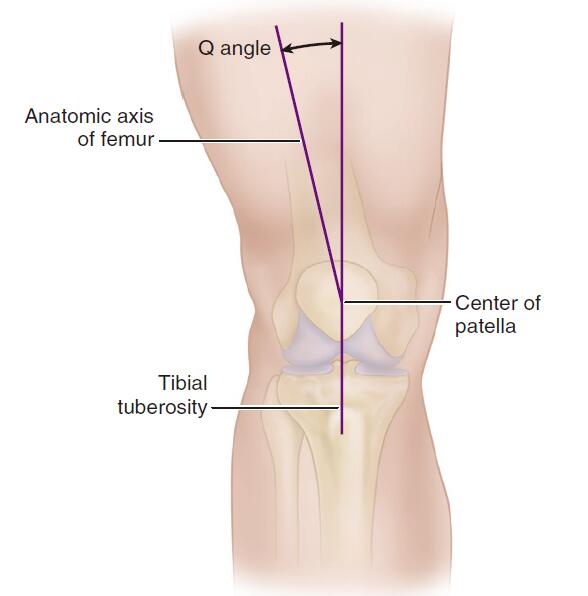Biomechanics of the knee joint
 Oct. 29, 2019
Oct. 29, 2019
1. Triaxial motion of knee joint
Motion in knee occurs in three separate planes during course of normal gait cycle and is referred to as “triaxial motion.”
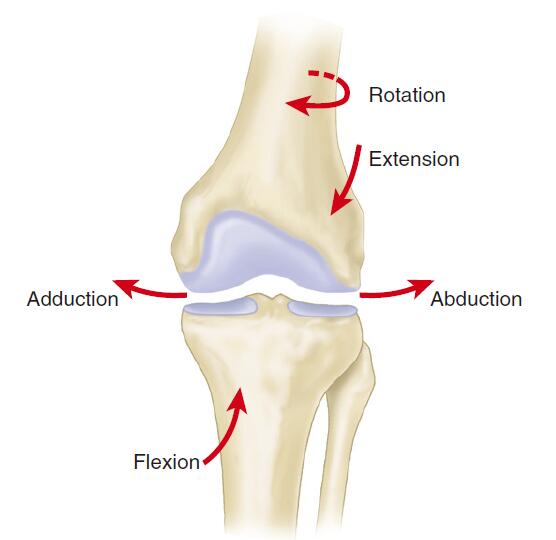
2. Flexion and extension of knee joint
Transverse axis of flexion and extension of knee constantly changes and describes J-shaped curve around femoral condyles.
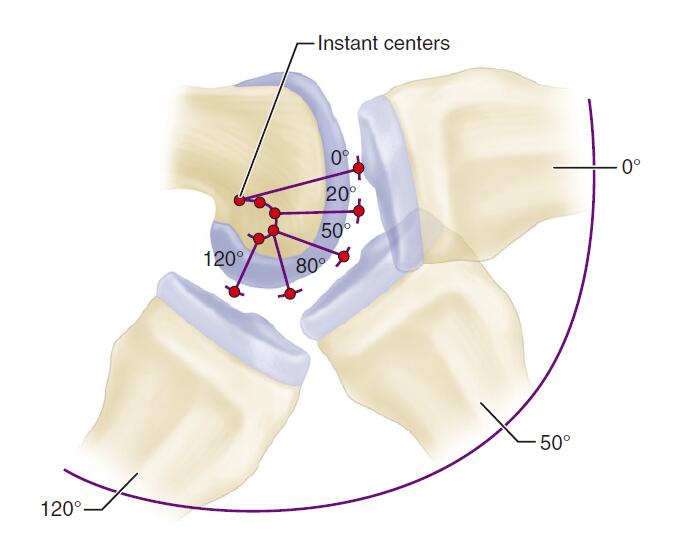
3. Mechanical axis of lower limb
Mechanical axis of lower limb extends from center of femoral head to center of ankle joint and passes near or through center of knee. It is in 3 degrees of valgus from vertical axis of body. Anatomical axis of femur is in 6 degrees of valgus from mechanical axis of lower limb and 9 degrees of valgus from true vertical axis of body. Anatomical axis of tibia lies in 2 to 3 degrees of varus from vertical axis of body.
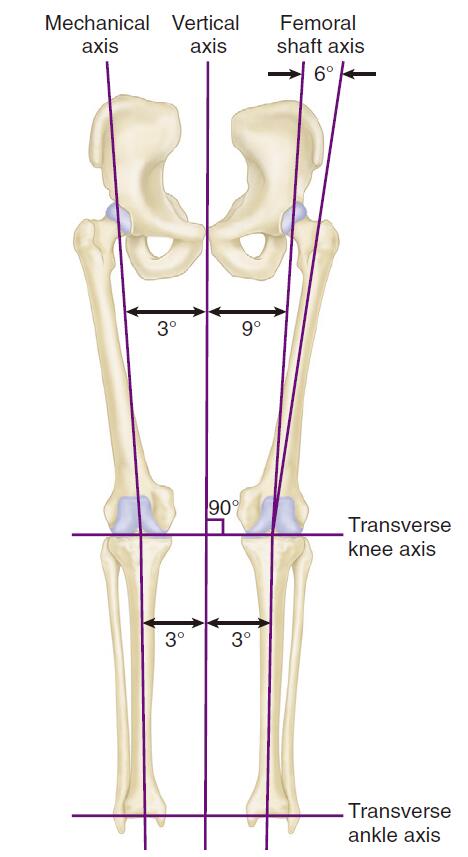
4. Symmetric buckling gap
To form rectangular flexion space, after tibia has been cut perpendicular to its axis, plane of posterior femoral condylar cuts must be externally rotated approximately 3 degrees from posterior condylar axis.
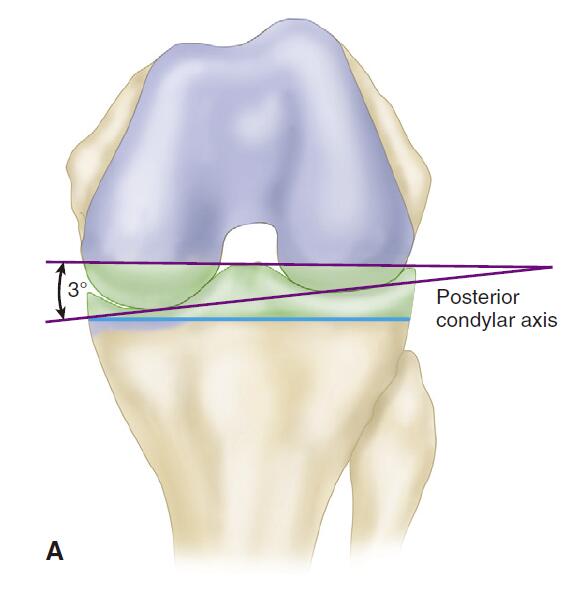
5. Patellofemoral joint
Patella acts to lengthen extensor lever arm by displacing force vectors of quadriceps and patellar tendons away from center of rotation (COR) of knee. Length of extensor lever arm changes with varying amounts of knee flexion.
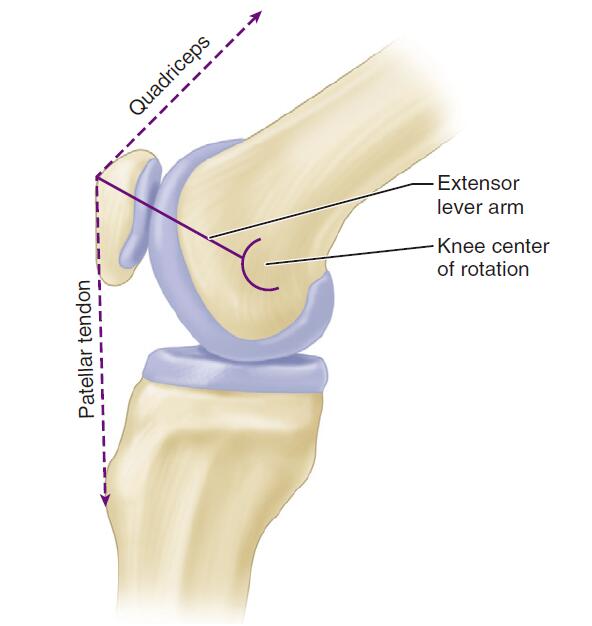
6. Q angle
Q angle, is angle between extended anatomical axis of femur and line between center of patella and tibial tubercle.
